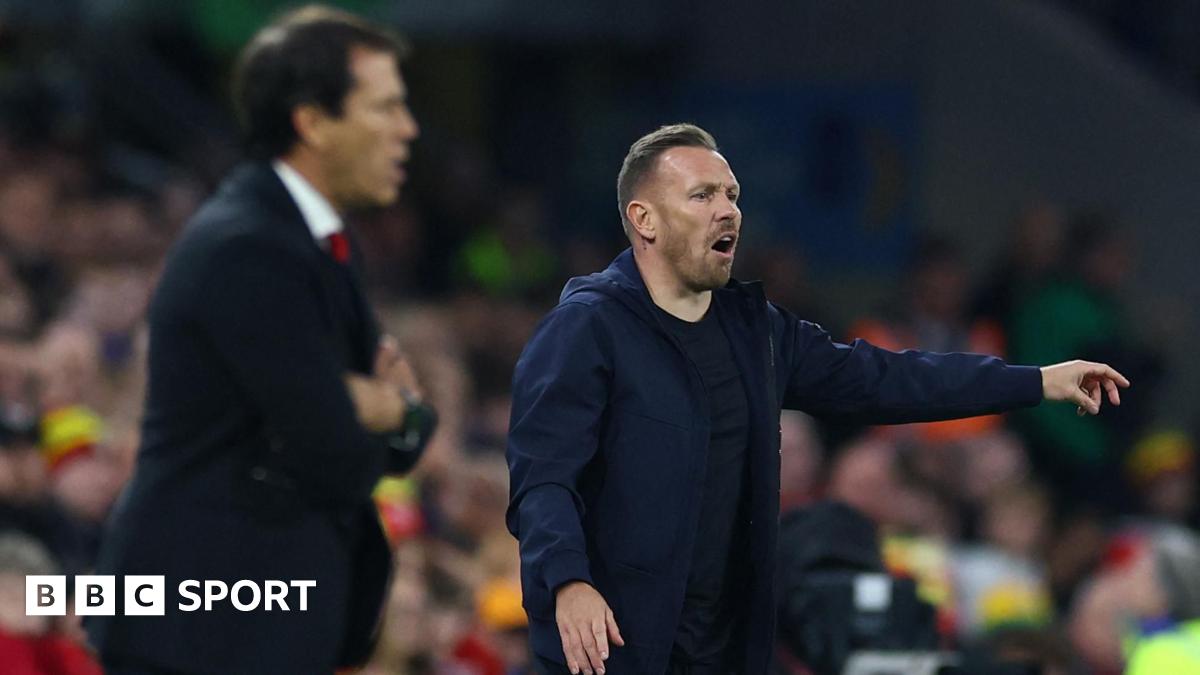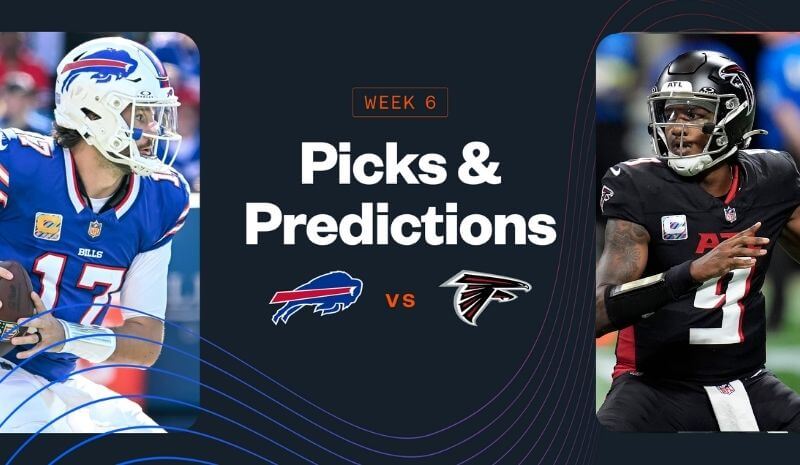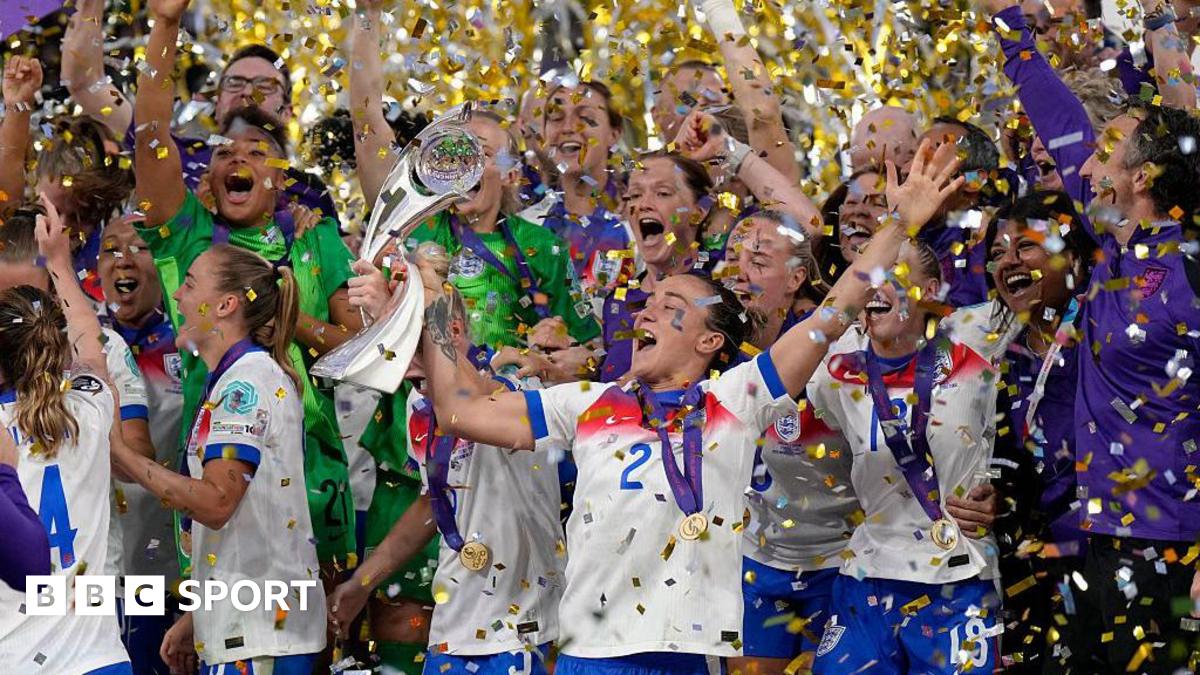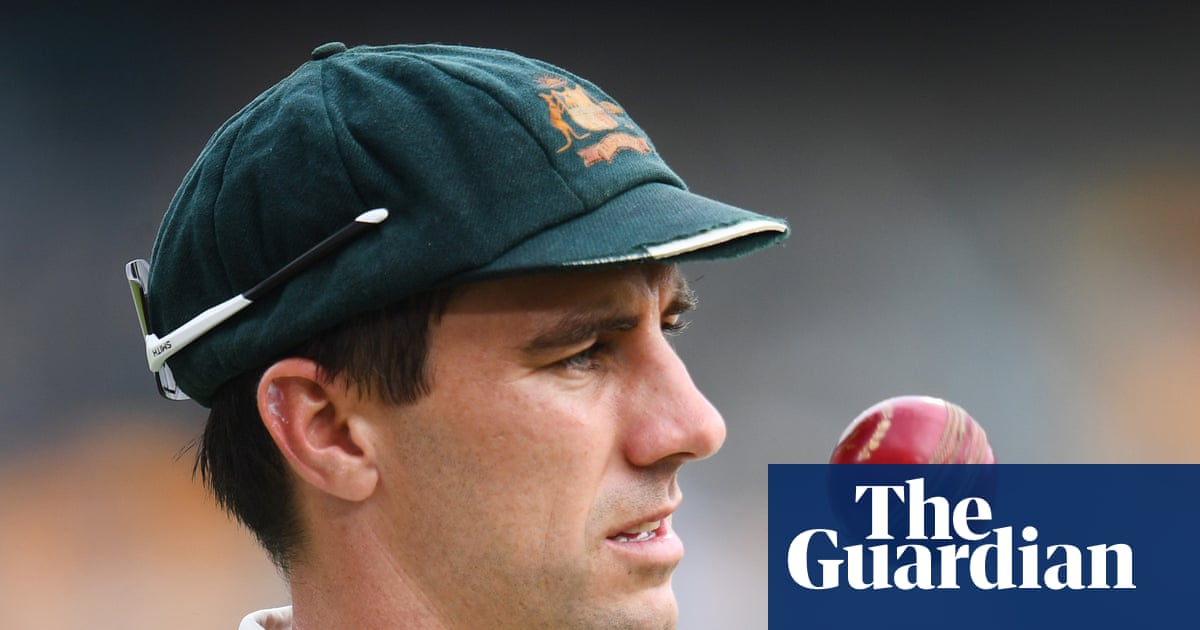Luke Littler’s poker face may be the key to his dominance in darts

Sunday night in Leicester. A study in contrast. At one point Luke Humphries’s eyes widen as another 22g Red Dragon dart flies past double 16. He shakes his head. Looks down. Bites his lip. Meanwhile, the automaton beside him powers on. Until the moment Luke Littler is pumping his fists, revelling in his 6-1 victory and a first World Grand Prix title.Littler’s extraordinary immunity to pressure is fast reaching the stage where even peak-era Novak Djokovic and Rafael Nadal would be taking notes. In his quarter-final against Gerwyn Price, Littler looked down and out at times until he hit a 156 checkout to clinch the match. Against Humphries, it didn’t matter that his three-dart average was more than a point lower as he won five of his six sets in final-leg deciders.Luke the Nuke? More like Luke the nerveless. While the 18-year-old often reacted after a 180 or winning double against Humphries, there was barely a flicker of emotion between darts. That, according to Philip Furley, a senior lecturer at the German Sport University in Cologne, is significant. Furley has just published a new study in the Psychology of Sport and Exercise journal, which suggests that even the tiniest of facial tics and movements before a player throws a dart can indicate whether they will hit a high or low score.Furley has a history in this area. Previously, he has shown players are more likely to miss penalties if they turn their back to the keeper beforehand or take less time than usual before their kick. “We called this hastening and hiding behaviour,” he says. “If you see something like that in the pressurised performance context that’s often a sign the play is not going to do so well.”Darts is another laboratory. Many of its pleasures come from its purity. Dart and board, eye and nerve. A player is only ever seconds away from needing a big score or a double; to silence the self-talk in their head or the hecklers in the crowd. Every throw and thrower is captured by TV cameras, allowing it to be assessed.Essentially, that is what Furley did, as he looked at scoring and facial attributes at the 2017 PDC World Darts Championships. High-performance scores, ranging from 103 to 180 points, were contrasted with low-performance scores between 0 and 75. A system called Fluorescence-activated Cell Sorting, which breaks down facial expressions into 20 individual small segments, was used to track whether players did things like wrinkle their nose, raise their upper lip or close their eyes each time they threw.Furley says there were extremely limited facial muscle movements immediately before throwing a dart, but a “clear pattern of results emerged” showing that the players whose face did not change scored better.“What we reliably find is that more tension around the eyes and around the mouth is an indicator of suboptimal performance,” Furley says. “While less tension seems to be an indicator that, OK, he is going to perform better.”Furley’s study was based on data collected before Littler burst on to the scene. But as a keen darts watcher he is in awe of how psychologically mature he is at the board. “Having a poker face, and not really showing much of these muscle movements that are a sign of tension, is something these absolute top performers like Littler seem to have more often.”Furley’s research is part of a wider drive to examine unintentional non-verbal cues in sport. Some of it is obvious. You did not need a PhD in psychology to sense Frank Bruno was anxious when he crossed himself more than a dozen times on the way to the ring before his second fight with Mike Tyson.But there are some things that may surprise you. A study on 152 Ultimate Fighting athletes found that increased smile intensity in the pre-fight photograph was associated with poorer performance by the fighter showing the smile. Why? Well, according to the researchers, smiles are a nonverbal sign of reduced hostility and aggression and thereby unintentionally communicate reduced physical dominance.There are exceptions in all this. Zinedine Zidane once vomited before taking a penalty against England in a Euro 2004 group match, due to tiredness and nerves. He still scored.So what is next? Furley says facial recognition software now exists to track whether a player is showing more evidence of nervousness and tension in real-time. He has also just submitted a study for review that is based on Fifa kinematic datasets that track the skeletons of all 22 players in real time.“When we put boxes around the players and measure how upright the head is, how upright the body is and how open the shoulders are we see some really interesting things,” he says.Such as? “The more upright a player is, it seems to be a clear sign they are on top of their game and things are going better for the team,. And being head down and a bit slumped, with shoulders inwards, seem clear indicators the team’s not doing very well.”Much of that, as Furley says, is intuitive. Even so, it is interesting when the evidence backs up our instincts. Whether it is on the football pitch or at the oche.












